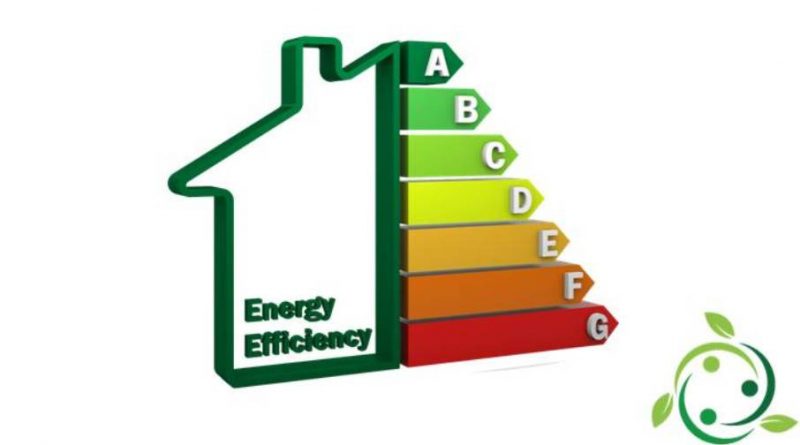Energy efficiency of buildings
Energy efficiency of buildings
The energy efficiency of buildings is a parameter that allows us to live better inside the same, to save on the various energy bills and to make a service to the community (and therefore to yourself) by decreasing the ecological footprint of your home.
Efficiency and energy savings are closely linked to each other and correlated by laws of physics.
In order to measure the energy efficiency of a building, the Energy Certification is used; among other things, since 2015 the new rules on the minimum energy performance requirements of buildings and the drafting of the EPA (Energy Performance Certificate) are in force.
To have a good energy efficiency of buildings, and therefore lower economic and ecological costs and better comfort, we need to act on two factors: reduce waste and improve the use of energy.
Examples of energy efficiency are represented by the insulation of a house, while for savings we mean for example. to turn off the lights when they are not needed.
Therefore, to enter the energy question of a house, it is necessary to understand how an apartment has been created (or how it should be designed and built), with which materials and their characteristics and the management of energy saving systems.
For this reason, analysis and verification procedures have been created that allow us to evaluate the energy performance of our buildings. The procedure can be done preliminarily (design phase) and in the process of checking the current status. When the building has already been built, obviously, we go through an inspection that will allow us to understand which aspects of a building that can allow energy savings and which then translate into the economic, in living comfort (from the hygrometric point of view, thermometric and acoustic). This analysis allows you to make all the changes that allow us to reduce direct costs (bills) and indirect costs (ecological footprint) and improve the comfort of life in an apartment. The techniques consequent to this type of verification are then directed to the improvement and / or adaptation of some materials (plasters, fixtures, glazing, etc.) to the improvement of some plants (heating, refrigeration, hot water, etc.) and to some techniques and management procedures for the management and distribution systems of energy sources (electricity, gas, etc.).
For this reason, requesting the Certificate of Energy Certification (APE) as well as mandatory for some acts and procedures allows us to significantly decrease (in addition to all the aforementioned utilities) the cost of running our properties with a capital improvement of the same in the case of Trade.
I remember here that the APE (Energy Performance Certificate) can be drawn up only by qualified and trained technicians, registered in the relevant Rolls: Agronomists and Forestry Doctors, Architects, Engineers, Industrial Experts, etc .. The release of the APE prepared by an unauthorized and trained technician is practically nil in addition to civil and criminal consequences.
Guido Bissanti

